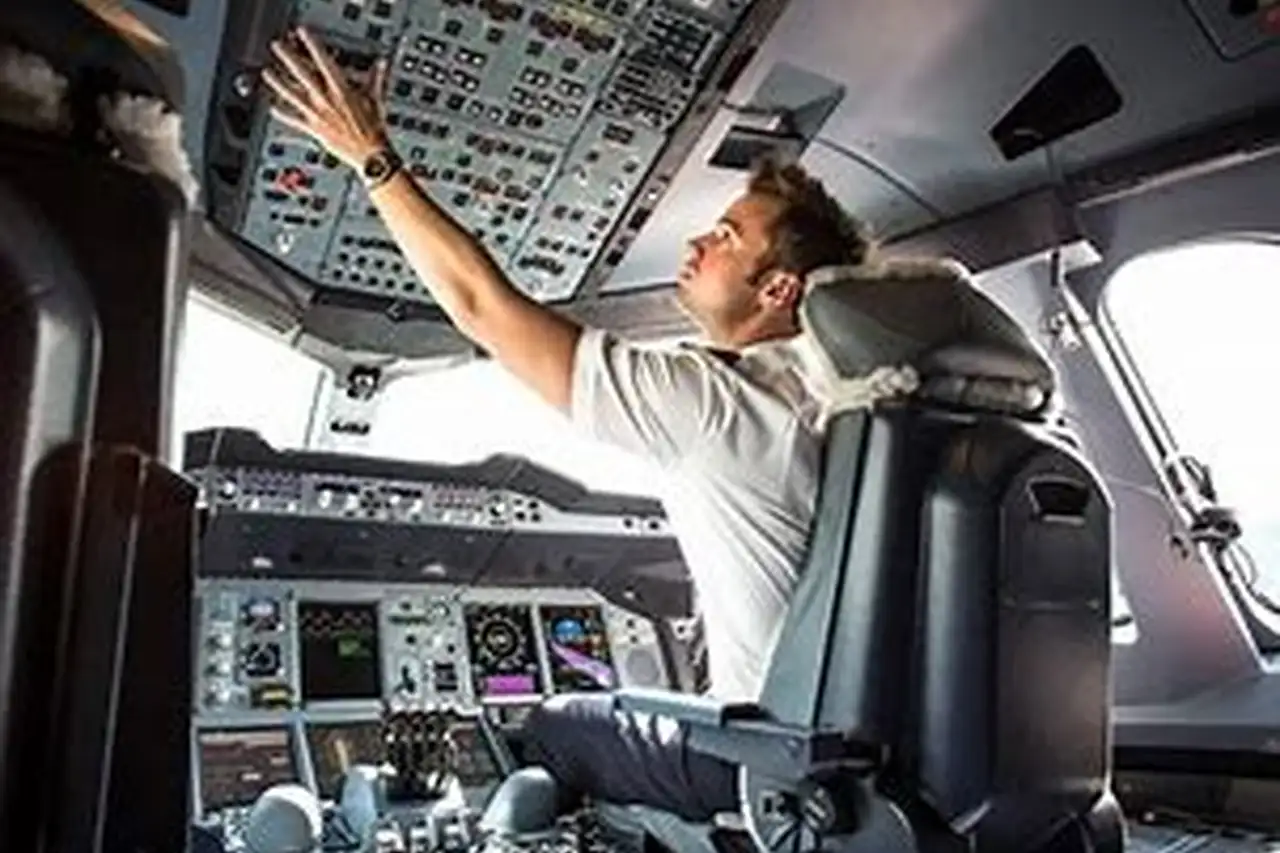The aviation industry has long captivated the imagination of many, with pilots often viewed as the epitome of a glamorous and adventurous profession. However, behind the allure of soaring through the skies lies a complex and often misunderstood compensation structure. Airline pilot pay is influenced by a myriad of factors, including experience, aircraft type, airline size, and geographical location. This article delves into the intricacies of pilot remuneration, shedding light on what pilots earn and the variables that affect their salaries.
The Spectrum of Pilot Salaries
At the outset, it's essential to recognize that pilot salaries can vary dramatically. Entry-level pilots, such as those starting at regional airlines, may earn significantly less than their counterparts at major airlines. For instance, a first officer (co-pilot) at a regional carrier in the United States might start with an annual salary ranging from $30,000 to $50,000. In contrast, a captain at a major airline could earn upwards of $300,000 per year. This disparity is rooted in the hierarchical nature of the aviation industry. Pilots typically begin their careers in lower-paying positions to accumulate the necessary flight hours and experience. Over time, they progress to more lucrative roles, often moving from regional to major airlines or advancing from first officer to captain.

The Spectrum of Pilot Salaries
Factors Influencing Pilot Pay
Experience and Rank: Experience is perhaps the most significant determinant of a pilot's salary. Pilots advance through ranks based on flight hours and performance. A first officer with a few thousand hours of flight time will earn less than a captain with decades of experience and tens of thousands of flight hours. Type of Aircraft: The aircraft a pilot operates also affects their pay. Larger, more complex aircraft like wide-body jets (e.g., Boeing 777 or Airbus A380) typically come with higher salaries due to the increased responsibilities and skills required. Pilots flying smaller regional jets or turboprops generally earn less. Airline Size and Financial Health: Major airlines with extensive international networks tend to offer higher salaries compared to regional or low-cost carriers. The financial health of an airline can also impact pilot pay, with profitable airlines often providing better compensation packages. Geographical Location: Salaries can vary significantly by country and even within regions. For example, pilots in the Middle East or Asia might earn more than their counterparts in other parts of the world due to higher demand and different market dynamics. Union Representation: In many countries, pilot unions play a crucial role in negotiating salaries and benefits. Strong unions can secure better pay scales, working conditions, and benefits for their members. Additional Allowances and Benefits: Beyond base salaries, pilots often receive per diem allowances, overtime pay, health insurance, retirement plans, and travel benefits. These additional perks can substantially enhance the overall compensation package.

Factors Influencing Pilot Pay
Regional Differences in Pilot Pay
In the United States, pilot salaries are generally structured with a focus on seniority. Pilots at major airlines like Delta, American, or United can earn substantial incomes, especially as captains on international routes. Conversely, regional airlines may offer lower starting salaries, though there has been a trend toward increasing pay to attract new pilots amid shortages. In Europe, pilot pay can vary widely. Legacy carriers like British Airways or Lufthansa offer competitive salaries, while low-cost carriers such as Ryanair or EasyJet may have different pay structures, sometimes offering lower base salaries but with additional allowances. Asia and the Middle East have become attractive regions for pilots due to high demand and competitive salaries. Airlines like Emirates, Qatar Airways, and Cathay Pacific offer lucrative packages, often including tax-free income, housing allowances, and education benefits for expatriate pilots.

Regional Differences in Pilot Pay
The Impact of Pilot Shortages
The global aviation industry has been grappling with pilot shortages, a situation exacerbated by factors such as increasing air travel demand and an aging pilot workforce. This shortage has prompted some airlines to raise salaries and improve benefits to attract and retain pilots. For instance, regional airlines in the U.S. have significantly increased starting salaries and offered signing bonuses. Some airlines have also established cadet programs, providing training and financial assistance to aspiring pilots in exchange for a commitment to work for the airline upon completion.

The Impact of Pilot Shortages
Challenges and Considerations
While the potential for high earnings exists, becoming a pilot requires substantial investment in training and education. Flight training can cost anywhere from $70,000 to over $100,000, a significant financial commitment without guarantees of immediate high-paying employment. Pilots also face demanding schedules, time away from home, and the pressures of ensuring passenger safety under varying conditions. The job requires continuous training and adherence to strict regulatory standards. Moreover, the aviation industry is susceptible to economic fluctuations. Events like recessions, pandemics, or geopolitical tensions can lead to reduced flight demand, furloughs, or pay cuts. The COVID-19 pandemic, for example, resulted in widespread disruptions, with many pilots facing reduced hours or temporary layoffs.

Challenges and Considerations
Future Outlook
The long-term outlook for pilot pay appears positive, with industry projections indicating sustained growth in air travel. Boeing's Pilot and Technician Outlook for 2023 anticipates a demand for hundreds of thousands of new pilots over the next two decades. This demand could drive salaries upward and improve working conditions as airlines compete for qualified professionals. Technological advancements may also influence pilot roles and compensation. Developments in automation and discussions about reducing cockpit crew sizes could impact future pilot demand and salary structures. However, regulatory hurdles and safety considerations make significant changes in this area unlikely in the near term.
Conclusion
Airline pilot pay is a multifaceted subject shaped by experience, airline type, aircraft operated, and global market forces. While the profession offers the potential for high earnings and the unique experience of flight, it also demands significant upfront investment and comes with challenges inherent to the aviation industry. For those passionate about aviation, understanding the financial landscape is crucial. Prospective pilots should weigh the costs of training against potential earnings, stay informed about industry trends, and consider the variability in pay across different regions and airlines. As the skies continue to beckon, a clear-eyed view of pilot compensation will help aspiring aviators navigate their careers effectively.
